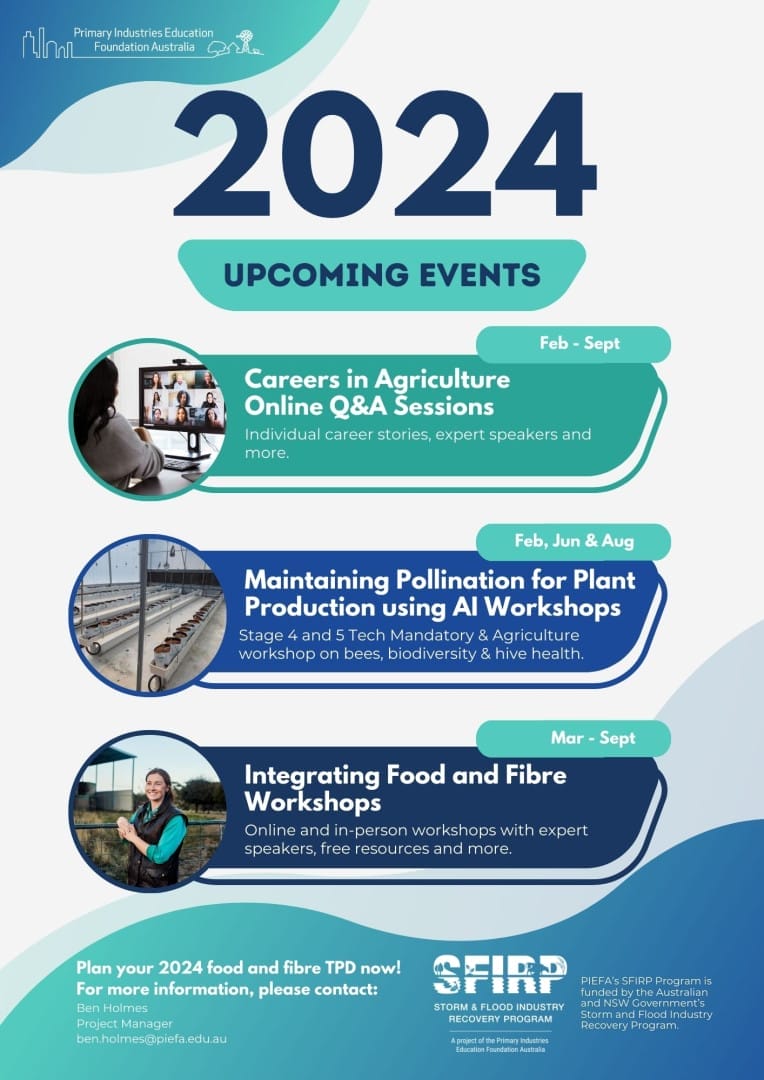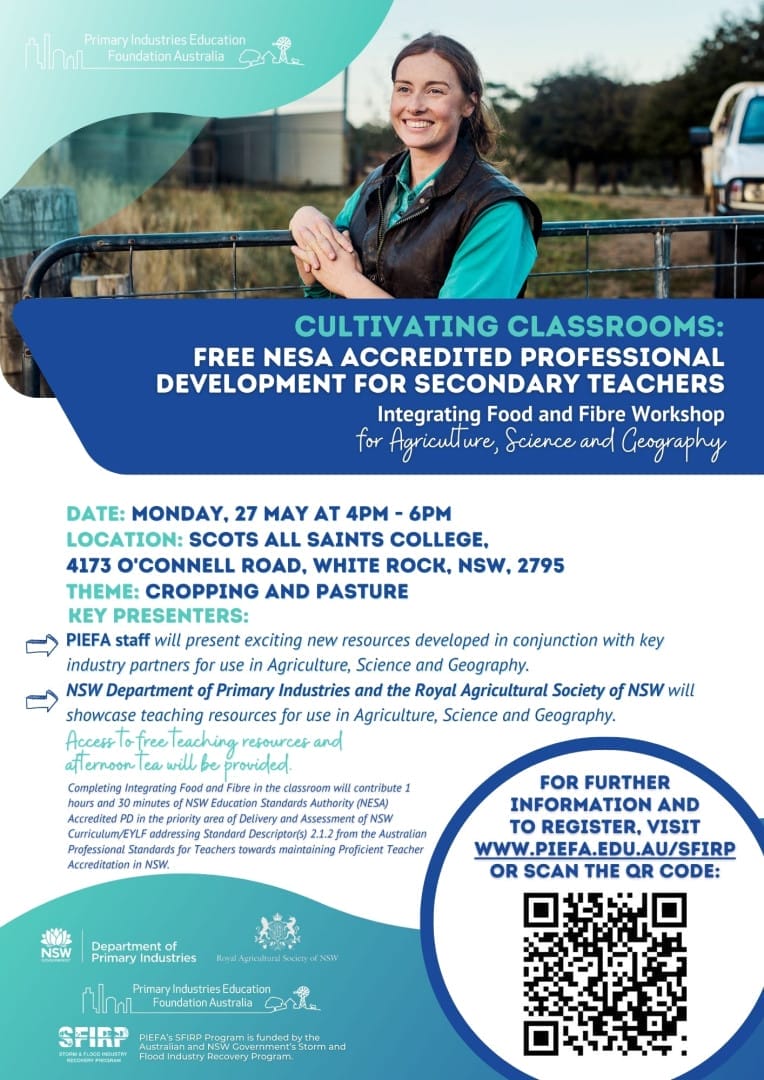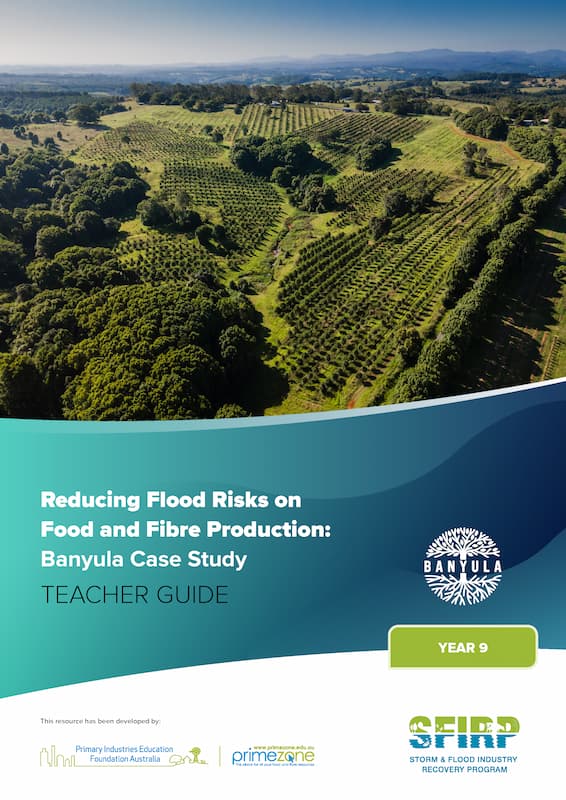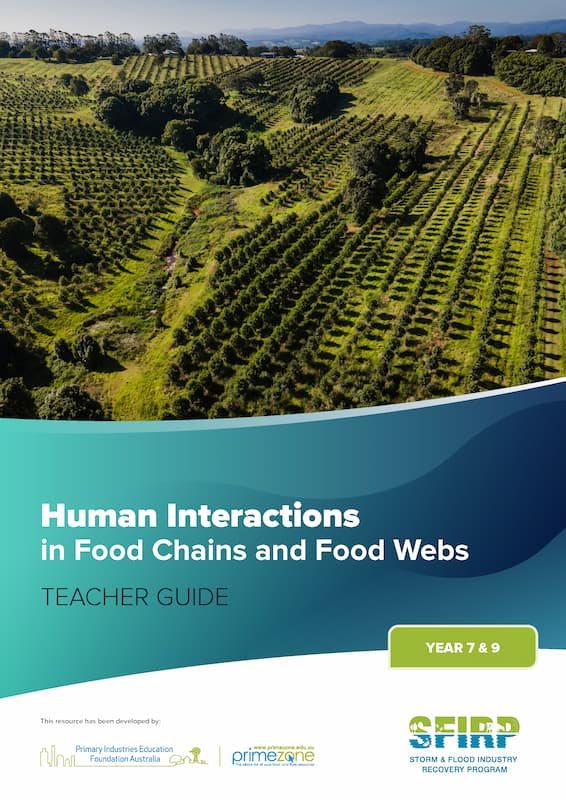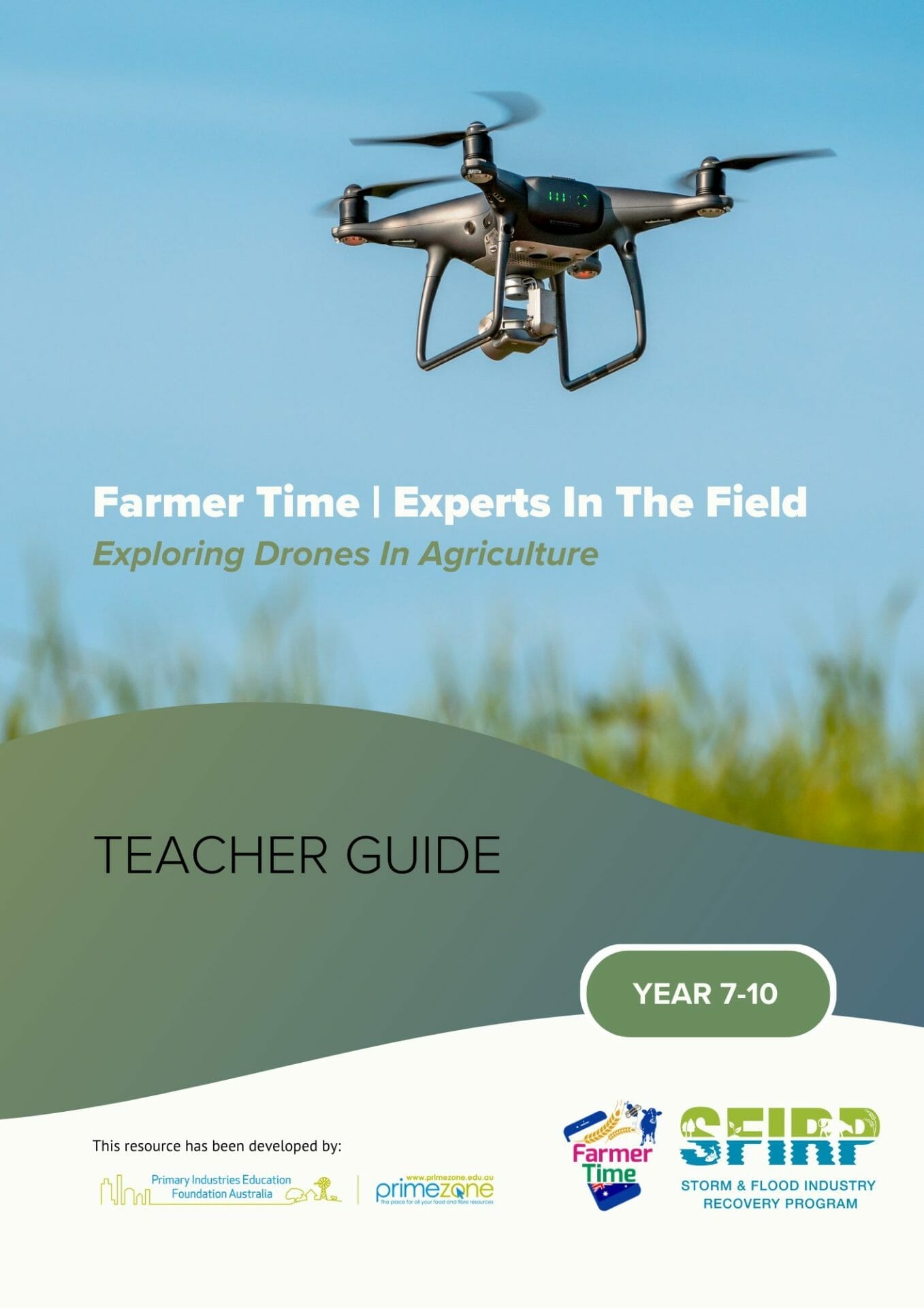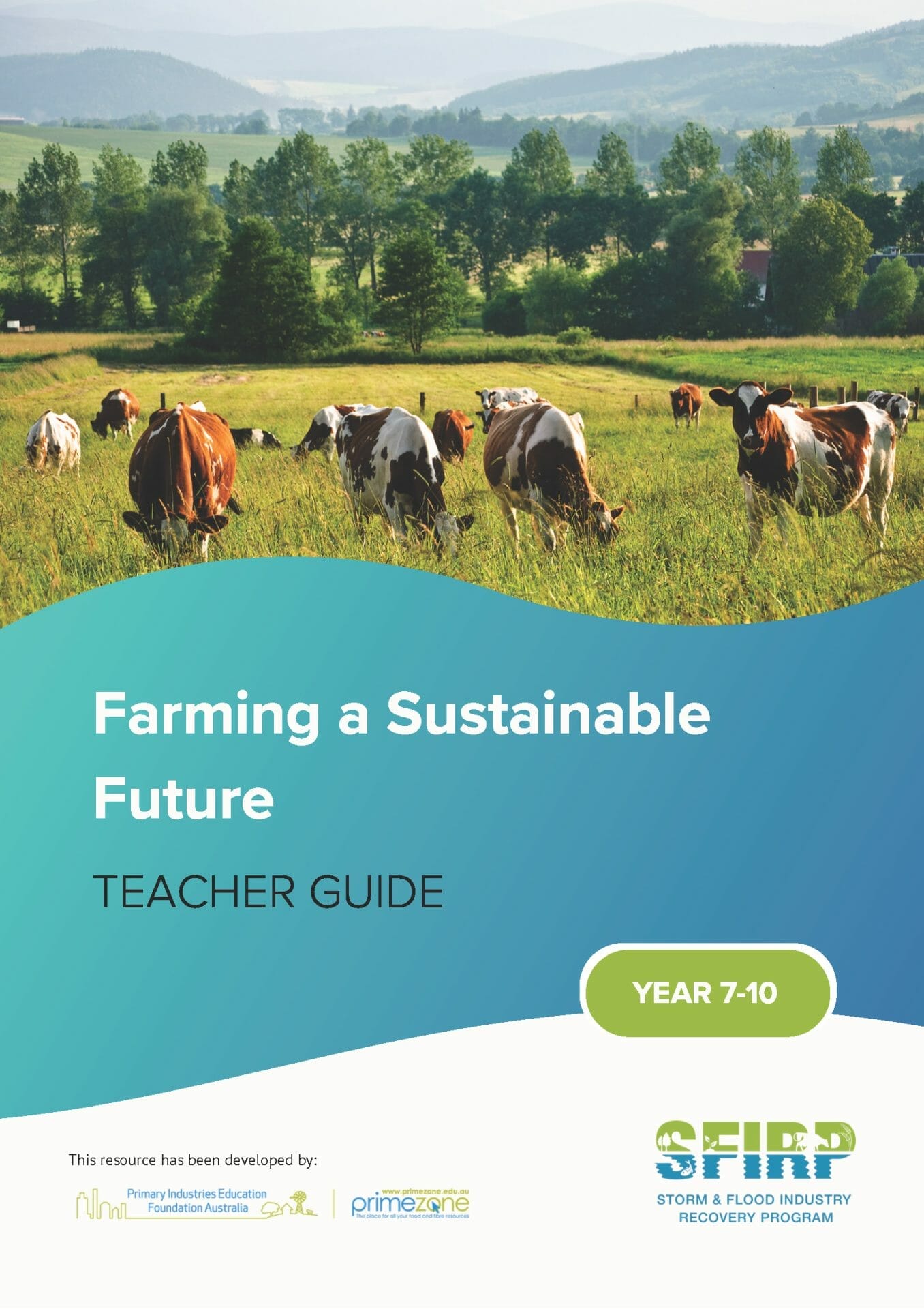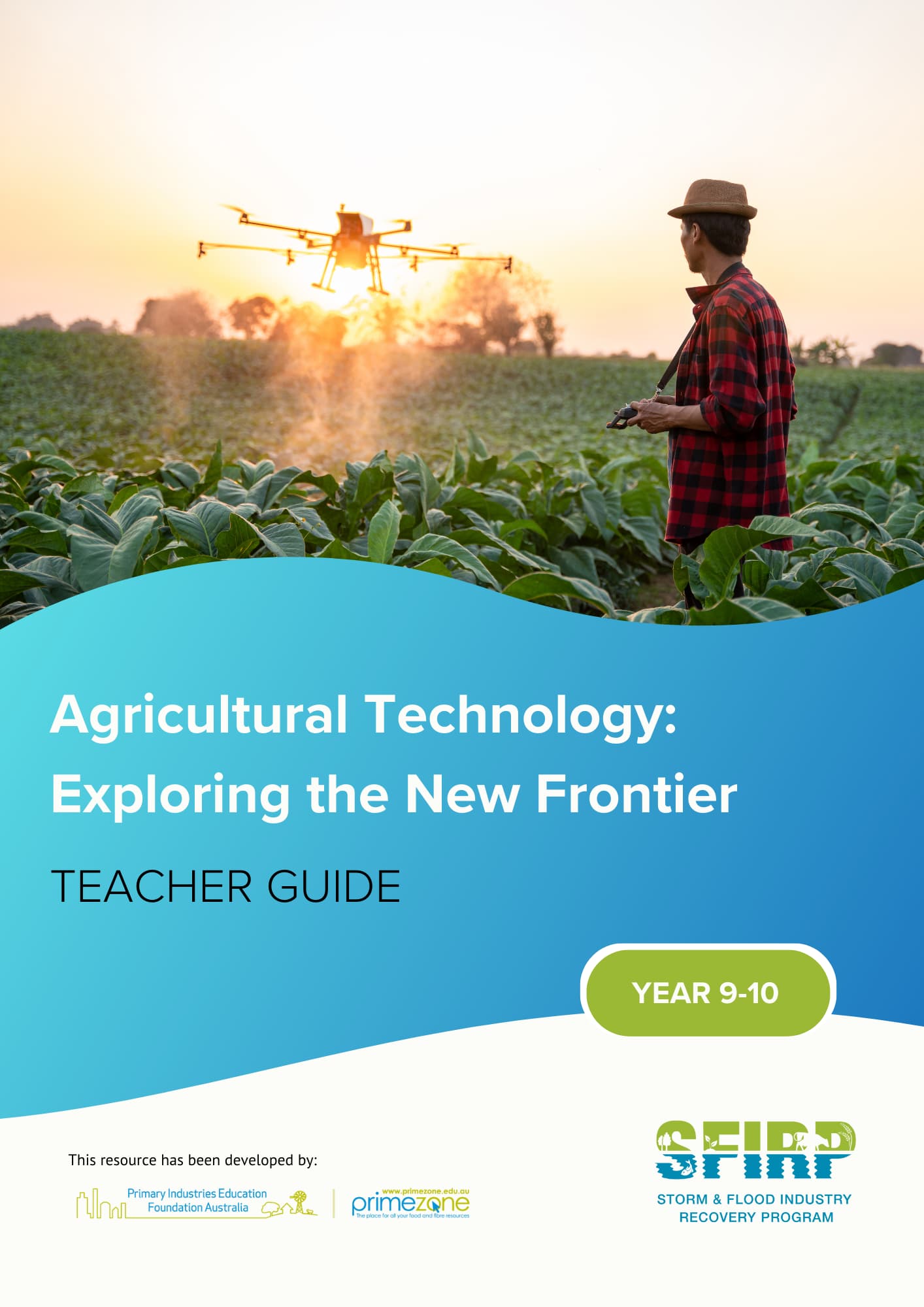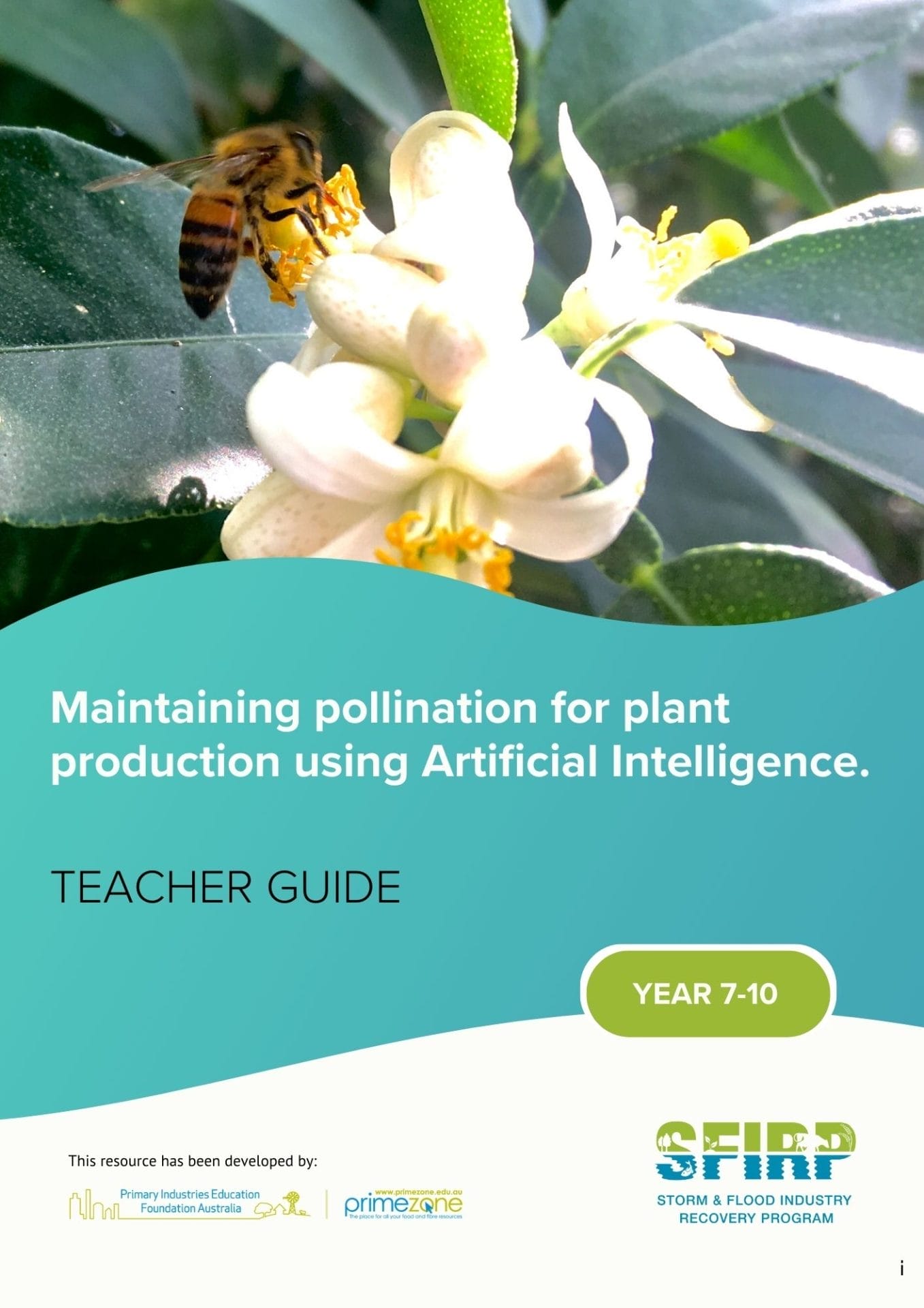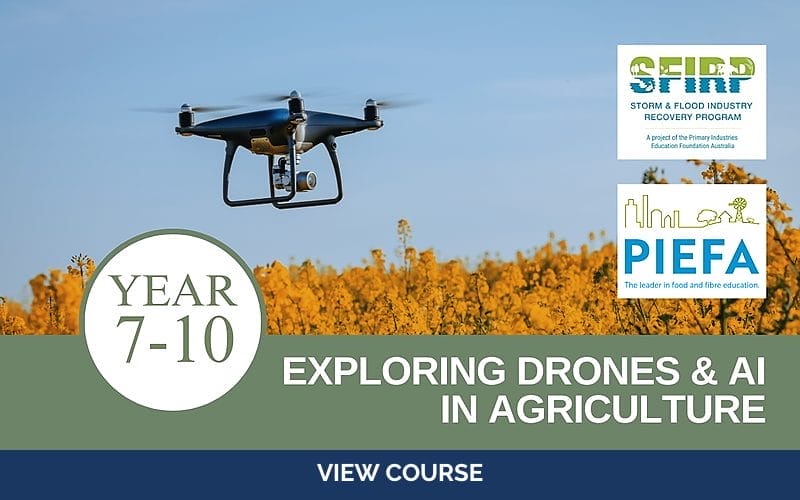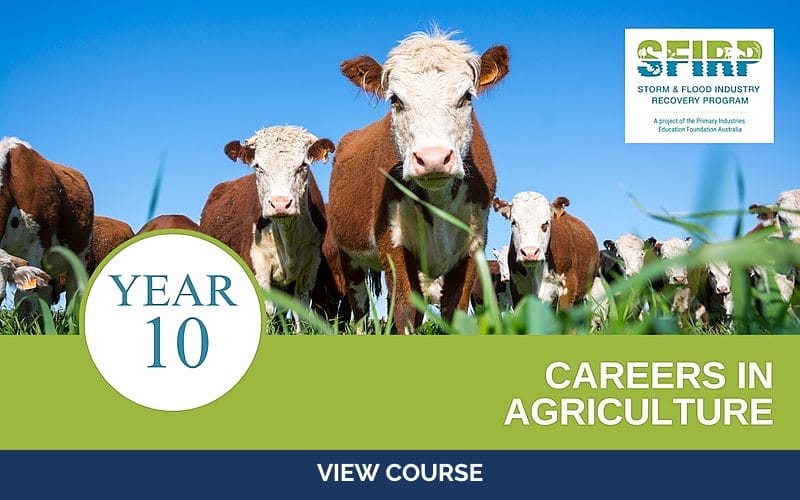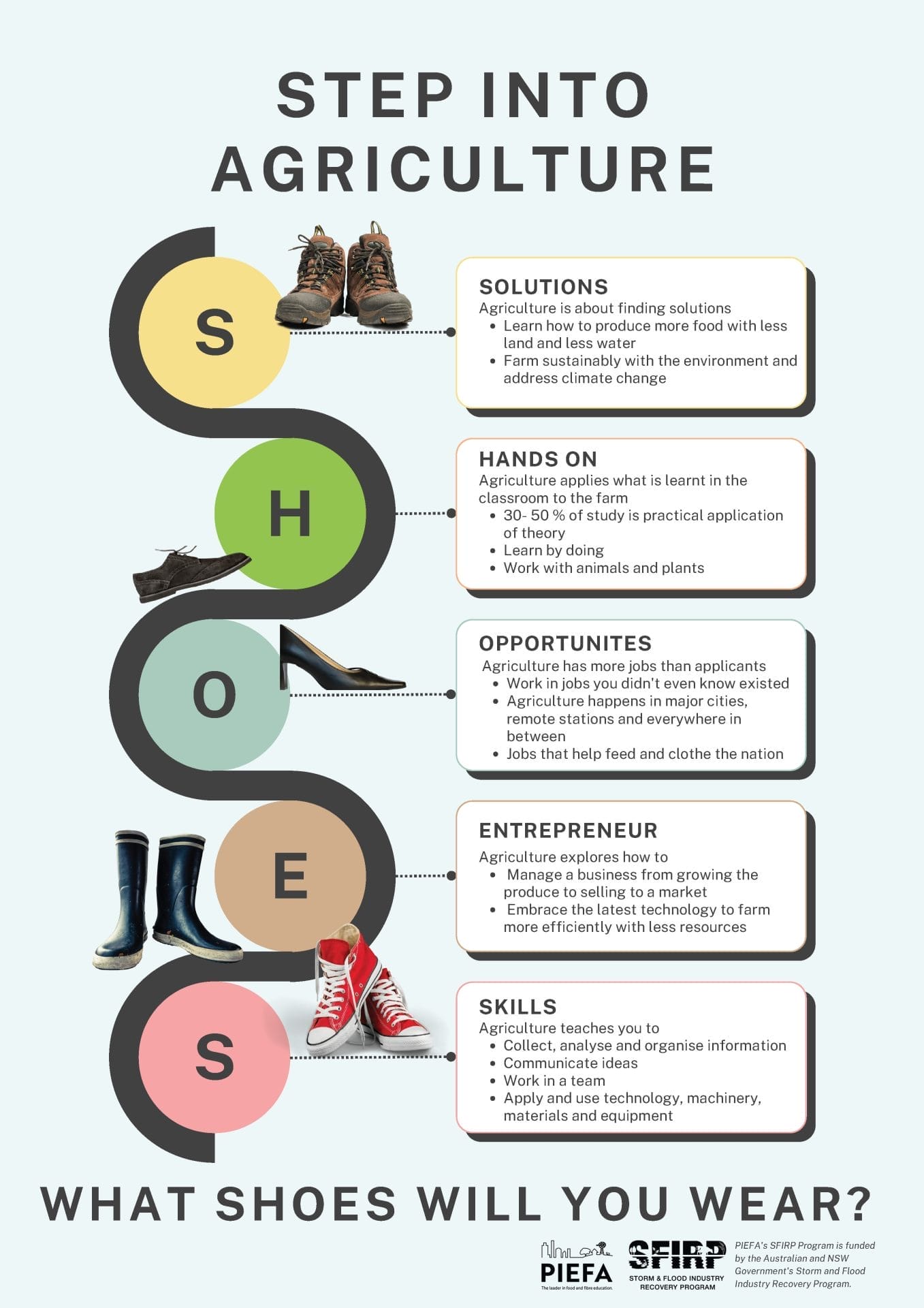PIEFA’s Storm and Flood Industry Recovery Program is jointly funded by the Australian and NSW Governments under the Disaster Recovery Funding Arrangements through the Department of Regional NSW – Sector Recovery and Resilience Grants.
The project will improve community connectivity, linking schools with local primary industries and the many rewarding agricultural careers that are available in flood affected LGAs across NSW. By developing locally focussed teaching resources and careers programs, this project will deliver a stronger foundation to develop interest in local careers in the primary industries, building local resilience to improve recovery from flood disasters.


